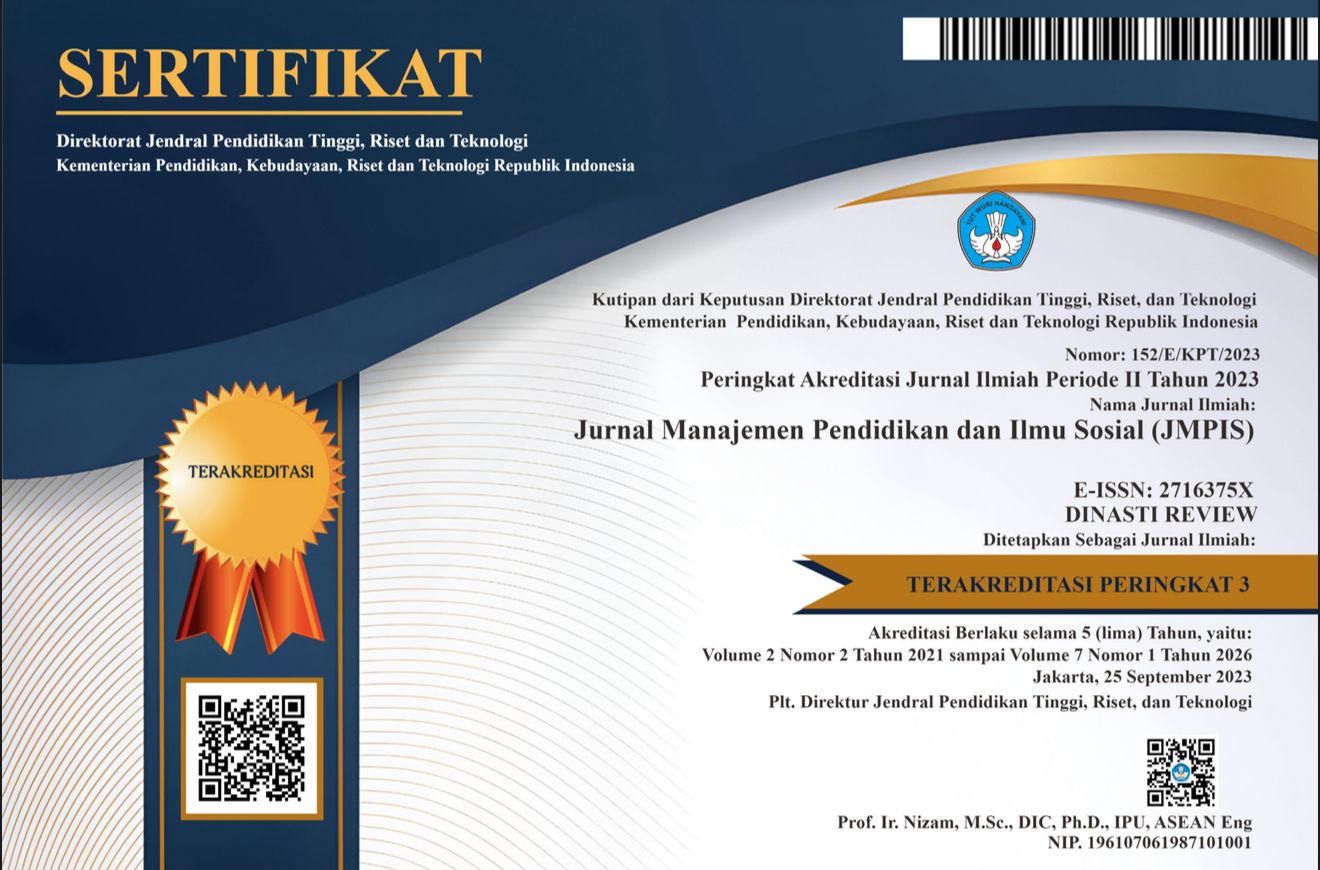Penggunaan Alat Biometrik Sidik Jari sebagai Kontrol Akses dalam Analisis CPTED terhadap Risiko Trespassing di Instalasi Gudang Material Korporasi “X”
DOI:
https://doi.org/10.38035/jmpis.v5i4.2124Keywords:
Access Control, Biometric, CPTED, TrespassingAbstract
The study aims to analyze the use of a unimodal biometric scanner with fingerprint geometry capital against the risk of break-in or trespassing as an effective access control. The research was conducted for five months, from January 1 to May 15, 2024. The researchers will assess the effectiveness of this biometric system scheme in access control against break-in (both accidental and intentional), with the CPTED theory as the basis for understanding the phenomenon. The qualitative approach is used with direct observation of the installation ‘A’ at the company ‘X’ in Jakarta, during the period 1 January - 20 May 2024. The results of the research showed that on the unimodal biometric access control system with fingerprints in the ‘A’ installation there were 24 cases of break-in and trespassing. Of the total, 17 cases were false positive, while 7 cases were intentional with 3 cases with no bad intensity and 4 cases with poor intensity. The error lies not in the scanner itself, but in security system modifications, inappropriate usage, and improper placement.
References
Denzin, N. K., & Lincoln, Y. S. (1994). Handbook of qualitative research. Los Angeles, London, Washington DC: Sage Publications, Inc.
Denzin, N. K., & Lincoln, Y. S. (2005). Introduction: The Discipline and Practice of Qualitative Research - The Sage handbook of qualitative research. California: Sage Publications Ltd.
Greater Manchester Police. (2021). Crime Prevention Through Environmental Design. Retrieved from Design for Security, Greater Manchester Police: https://designforsecurity.org
ICA. (2021). A Brief History of the ICA & Primer CPTED - What is CPTED? Retrieved from The International Crime Prevention Through Environmental Design Association: https://www.cpted.net
Jones, L. (2019, February 14). Biometrics. Retrieved from Touch Star Access, Time, CCTV (ATC): https://www.touchstar-atc.com/
LAPD. (2021). Crime Prevention, Design Out Crime : City of Los Angeles. Retrieved from Official Site of the Los Angeles Police Department: https://www.lapdonline.org
Lockie, M. (2002). Science at the Edge: Biometric Technology. Heinemann-Raintree.
Muntasa, A., Sirajuddin, I. A., & Purnomo, H. M. (2019). Basics & Implementation of Biometrics Science. Yogyakarta: Teknosain.
Nugroho, E. (2009). Biometrics. In M. Dr. Ir. Eko Nugroho, Getting to Know the Future Identification System (p. 14). Yogyakarta: C.V Andi Offset.
Penrith City Council. (2014). Penrith Development Control Plan, C1 Site Planning and Design Principles. Penrith: Secretary of the NSW Department of Planning and Environment.
Downloads
Published
How to Cite
Issue
Section
License
Copyright (c) 2024 Muhammad Naufal Afif, Mohammad Kemal Dermawan

This work is licensed under a Creative Commons Attribution 4.0 International License.
Hak cipta :
Penulis yang mempublikasikan manuskripnya di jurnal ini menyetujui ketentuan berikut:
- Hak cipta pada setiap artikel adalah milik penulis.
- Penulis mengakui bahwa Jurnal Manajemen Pendidikan dan Ilmu Sosial (JMPIS) berhak menjadi yang pertama menerbitkan dengan lisensi Creative Commons Attribution 4.0 International (Attribution 4.0 International CC BY 4.0) .
- Penulis dapat mengirimkan artikel secara terpisah, mengatur distribusi non-eksklusif manuskrip yang telah diterbitkan dalam jurnal ini ke versi lain (misalnya, dikirim ke repositori institusi penulis, publikasi ke dalam buku, dll.), dengan mengakui bahwa manuskrip telah diterbitkan pertama kali di Jurnal Manajemen Pendidikan dan Ilmu Sosial (JMPIS).











































































